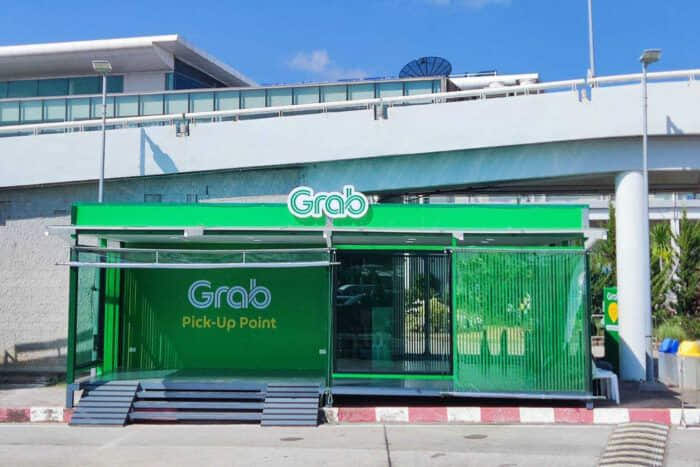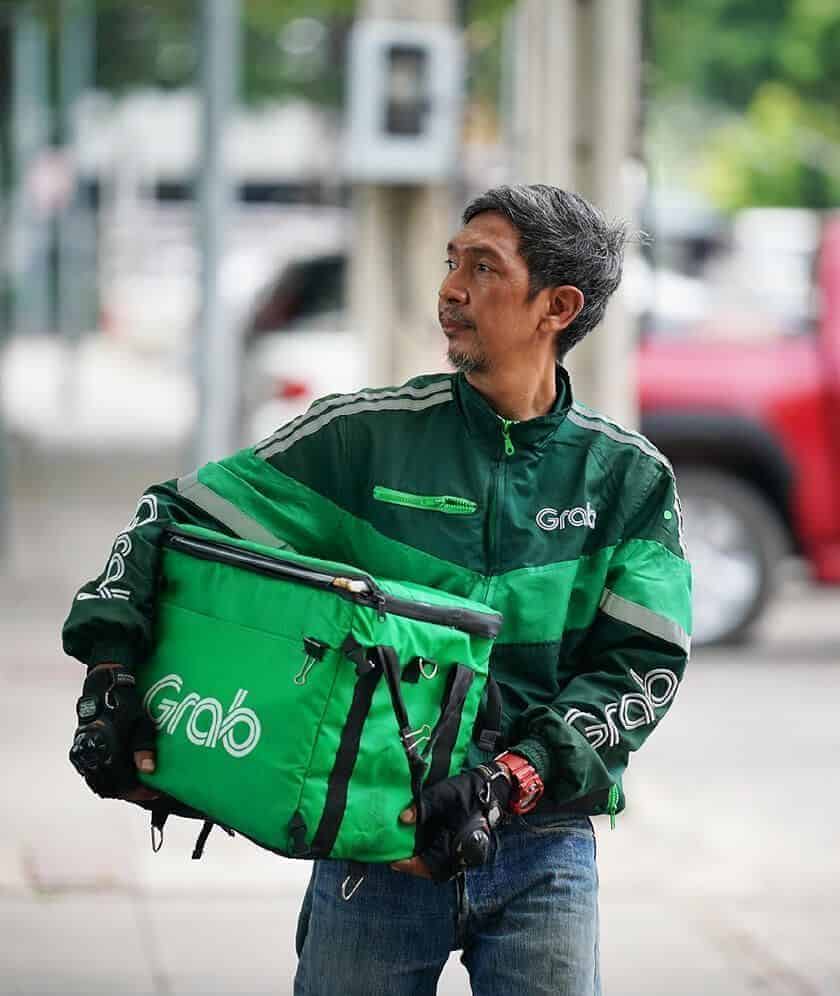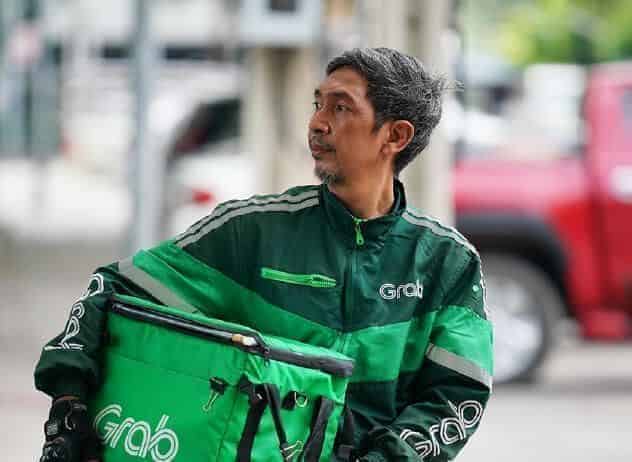Arriving at a Southeast Asian airport as a tourist can be overwhelming. Once you’re ready to head to your accommodation, finding transportation is a hassle: Price transparency is often lacking; there are language barriers and long taxi queues.
Amidst this chaos, travellers take comfort knowing they can book a Grab ride from the airport to their destination, just like they do in their home countries. New Grab services—like a step-by-step guide to help you find your pickup point and international payment options—complement ongoing initiatives to add a breath of sanity into a hectic airport arrivals scene during peak holiday seasons.
The competition for rides is expected to rise: Grab saw an almost 30 per cent increase in inbound travellers’ rides to and from airports across the region in the first half of this year from the same period in 2019.
Addressing airport transportation shortfalls
To ensure smooth services, Grab has active partnerships with many airports in the region.
Among the key initiatives was providing travellers easy access to secure and reliable rides. Grab has worked with authorities to set up pickup zones within airport premises in the region. These designated zones can help travellers identify authorised vehicles for their journey and get a ride promptly.
Thailand’s airports in Phuket and Chiang Mai were the latest to launch this.

Introducing fare transparency and guide to Grab pickup points
This means at these two airports, it can further improve the traveller experience—just as Grab has done in places like Bali or Singapore. It’s no small feat, as airports’ wildly-different layout schemes and city-specific challenges can hinder any attempts at solutions that work consistently across them all.
For example, Chiang Mai’s Airport is right inside the city limits, taking only 15 minutes to get to the centre of the Old City from the arrivals area. It’s a different story in Phuket, where the airport is located far from the city. Prior to Grab being allowed to operate there, travellers would have no choice but to take an airport taxi, which lacked price transparency.
That there is now an option to book a ride at Grab’s new official pickup zone at Phuket airport, where the fare is visible to drivers and passengers ahead of time, gives travellers a peace of mind.

It’s also becoming much easier to find Grab’s pickup zones.
After a limited release in Singapore and Bali in 2023, Grab’s go-to-pickup-point feature will be rolled out regionally in early 2024. It gives passengers in-app photo and text directions to their closest pickup point, overcoming language and directional barriers for first-time visitors.
It’s not all about the passenger. Driver-partners, too, can benefit from the go-to-pickup-point feature, saving them time from trying to locate passengers. Meanwhile, simple fixes—like letting the drivers see how many other Grab cars are in front of them in the queue—help drivers manage their time, and has shown to improve ride fulfilment rates.
(Read more: Grab app prompts travellers to airport pickup points)
More Grab payment options for international travellers
Expanded payment options and third-party integrations will also let foreign travellers pay for Grab rides with the same cashless payment methods they use at home. Alipay and Kakao Pay users from China and South Korea, for instance, can use their existing payment accounts to settle their Grab fares from airports in Thailand and the rest of the region.
Grab rides can now also be booked through integrations with third-party platforms like WeChat and Booking.com, making it possible to book hotels in the Grab app, or conversely, use third-party apps like WeChat to book Grab rides.
Upgraded experiences
Grab will also create upgraded experiences at more airports in the region and fine-tune it to address more customer pain points.
Travellers are generally less price-sensitive, but they are price-sensitive to other convenient options. For instance, travellers will choose the more convenient option between a $20 ride that requires some waiting or walking versus a $22 ride that doesn’t require any.
By deploying these services throughout Southeast Asia and ensuring consistency in user experience throughout the region, Grab aims to help more travellers reach their destinations throughout the holiday season with a few more smiles than usual.
3 Media Close,
Singapore 138498
Komsan Chiyadis
GrabFood delivery-partner, Thailand
COVID-19 has dealt an unprecedented blow to the tourism industry, affecting the livelihoods of millions of workers. One of them was Komsan, an assistant chef in a luxury hotel based in the Srinakarin area.
As the number of tourists at the hotel plunged, he decided to sign up as a GrabFood delivery-partner to earn an alternative income. Soon after, the hotel ceased operations.
Komsan has viewed this change through an optimistic lens, calling it the perfect opportunity for him to embark on a fresh journey after his previous job. Aside from GrabFood deliveries, he now also picks up GrabExpress jobs. It can get tiring, having to shuttle between different locations, but Komsan finds it exciting. And mostly, he’s glad to get his income back on track.

